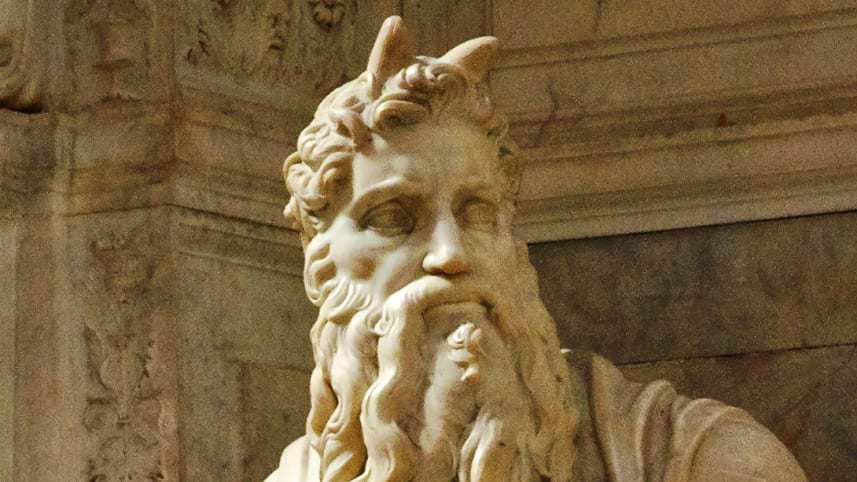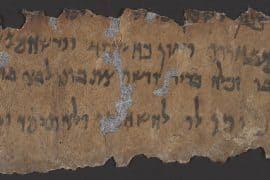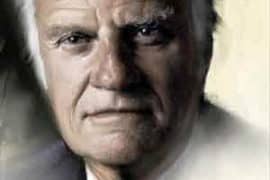Why Even Some Jews Once Believed Moses Had Horns
It is often said that this is a simple matter of mistranslation, but Vulgate author Saint Jerome would not have made such a crude mistake
HaAretz, Elon Gilad, March 27, 2018
https://www.haaretz.com/jewish/why-even-some-jews-once-believed-moses-had-horns-1.5949749
Famously, Michelangelo’s Moses has two horns protruding from his head.
Clearly, the Renaissance genius, whose Moses is depicted holding the
two Tablets of the Law, had in mind the account of Moses descending
from Mount Sinai as recounted in Exodus 34:29. There, it says, at
least according to the Latin translation, that Moses “et ignorabat
quod cornuta esset facies sua,” that is,“did not know his face had
become horned.”
It is often said that this is a simple matter of mistranslation,
resulting from the fact that the Hebrew word for “horn,” “keren,”
happens to be also the Hebrew word for a “ray of light.” But Saint
Jerome, who made the translation called the Vulgate at the end of the
4th century, would not have made such a crude mistake. In fact we know
he was aware that “karan,” the verb which he translated as “had become
horned,” could also mean “had become radiant”; he makes this clear in
his commentary on the Book of Amos, written a few years later. This
means that Jerome knew that the verse was understood as meaning Moses’
face glowed and was rendered as such in nearly all the ancient Greek
and Aramaic translations. Only one Greek translation available to
Jerome – that by the Jewish convert Aquila – understood “karan” to
mean “had become horned,” but nonetheless, that is the definition the
Christian scholar chose to go with.Hence, Jerome must truly have believed that Moses came down from Mount
Sinai with horns, and not radiant. Since Jerome was living in the Holy
Land at the time and consulted with Jews when working on his
translation, he must have been informed by them that Moses indeed had
horns. This may be a bit hard to believe, but we in fact know that
some Jews did believe that Moses was literally horned.The belief in Moses’ literal horns was preserved in a number of poems
written at roughly the same time that Jerome was at work on his
translation. One example is a poem in Aramaic called, “The Lord
Lowered the Sky to Sinai,” which has found its way into a number of
Eastern European Jewish prayer books from the 16th and 17th centuries.The poem is about the meeting between God and Moses atop Sinai and is
written as if from the point of view of God. God tells Moses he has
chosen him to lead his people and that he has endowed him with
superpowers – including “fire-eating fire” and a special purple robe
possessed of “virility” – that will allow him to combat evil angels.
In one of the poem’s verses God tells Moses, “I placed horns of
majesty on your head so that if an angel comes near, you will gore him
with them.” In another poem, this one in Hebrew from 9th-century
Ashkenaz, Moses taunts the angels, saying, “I will not descend, I will
not descend, until I prove myself a hero, until I gore your bodies
with my horns.”We can learn a bit more about this evil-fighting, superhero version of
Moses from a text called “Spring of Wisdom,” which gives an account of
Moses’ battles against “the angels of destruction.” In it, for
example, Moses tells the angel Sammael, “I ascended and trod a path in
the heavens. I took part in the war of the angels and received a fiery
Torah. I dwelt under a fiery throne and sheltered under a fiery
pillar, and I spoke with [God] face to face. I vanquished the
celestial retinue and revealed their secrets to humankind. I received
Torah from God’s right hand and taught it to Israel.”It is clear, then, that at least some Jews believed that Moses had
horns, but is that what Exodus 34:29 originally meant, or is this a
later interpretation? This turns out to be a difficult question, and
there are prominent scholars to be found on either side of the
discussion. Those claiming that Moses was no more than radiant, point
out that the literal meaning of the Hebrew is “the skin of his face
was radiant,” and that no one would ever say that someone’s facial
skin was horned. They also point out that the earliest translations
understand the word as meaning “radiant.”On the other hand, those claiming that the original intent of Exodus
34 was indeed to say that Moses came down from the mountain with
horns, point out that elsewhere in the Bible, when “karan” is used as
a verb, it always relates to horns. They also note that the scene in
question follows the episode of the Golden Calf, which definitely had
horns. There may be a great deal of divine bovine symbolism that is
foreign to our modern conceptions of Moses and of divinity, but that
may have been clearly understood by readers at the time the story was
actually written down.The Mesopotamian moon god Sin was often visualized as a bull whose
horns were the moon’s rays of light, so that perhaps there is no
contradiction and it is best to imagine Moses being both horned and
radiant.










Comments are closed.